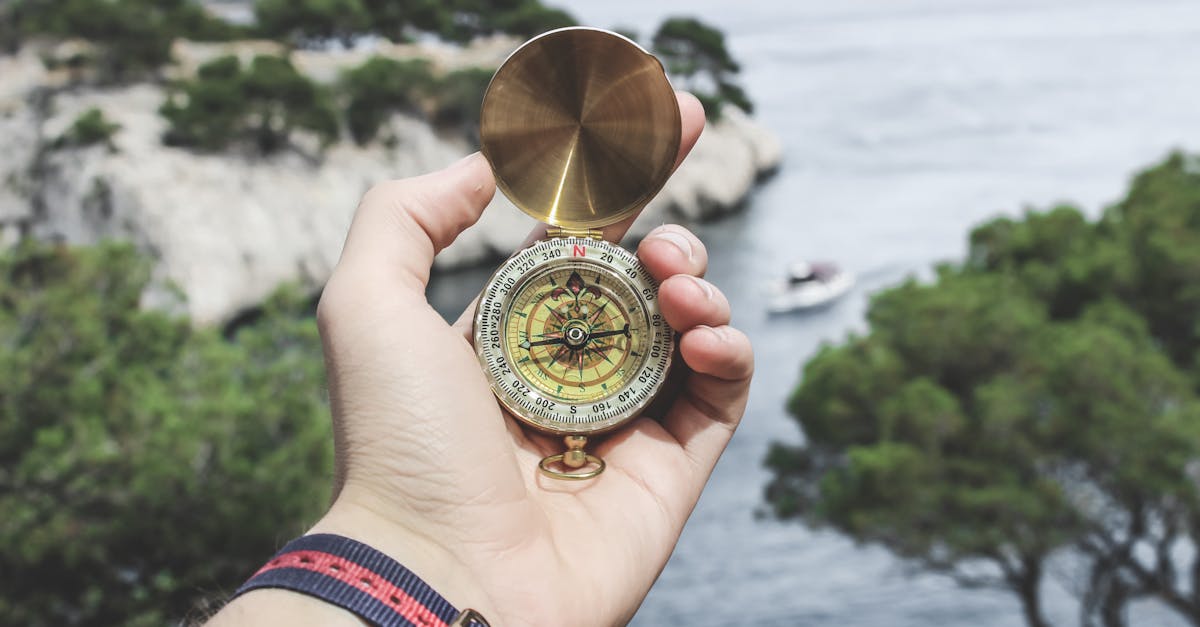Are you ready to unearth the hidden treasures of Florida’s stunning beaches? Join us as we begin on a seashell-hunting adventure along the captivating shores of the Sunshine State.
In this comprehensive guide, we’ll reveal insider tips on where to find the most exquisite seashells, from delicate conch shells to colorful scallops.
Let’s jump into the enchanting world of seashell hunting in Florida and discover the beauty that lies beneath the shimmering waves.
Get ready to uncover nature’s wonders as we explore the art of finding seashells on Florida’s pristine coastline.
Key Takeaways
- Best beaches for seashell hunting in Florida include Sanibel Island, Captiva Island, and Venice Beach.
- Essential tools and gear for seashell collecting in Florida are mesh bags, gloves, shelling scoops, small shovels, and water shoes.
- Common seashells in Florida include Lightning Whelk, Florida Fighting Conch, Coquina, and Atlantic Slipper Shell.
- Ethical practices for seashell hunting involve leaving live shells, taking only empty shells, and following local regulations.
- Preserve seashells by gently cleaning them, avoiding harsh chemicals, using glass containers, and protecting them from sunlight and dampness.

Best Beaches for Seashell Hunting in Florida
When it comes to seashell hunting in Florida, some beaches stand out for their bountiful treasures:
- Sanibel Island: Known for its shelling opportunities due to its shape and proximity to the Gulf Stream.
- Captiva Island: Offers a quieter seashell hunting experience compared to its neighbor, Sanibel Island.
- Venice Beach: Famous for shark teeth but also great for finding shells, especially after a storm.
For more information on these fantastic seashell hunting spots, visit Florida Beach Finder and Visit Florida websites.
Tools and Gear for Seashell Collecting
When heading out to explore Florida’s beaches for seashell hunting, it’s important to be prepared with the right tools and gear:
- Mesh bags are perfect for collecting seashells without holding onto excess sand.
- A sturdy pair of gloves helps protect your hands while searching in the sand and water.
- Shelling scoops and small shovels are handy for digging up buried treasures.
- Water shoes are essential for exploring rocky areas and shallow waters.
Don’t forget to pack your gear before setting out on your seashell hunting adventure. For more tips and tricks, check out the Florida Beach Finder and Visit Florida websites.

Identifying Common Seashells in Florida
Ever wondered what seashells you’ve found on Florida’s beaches? Let’s shed some light on a few common ones:
- Lightning Whelk: Recognizable by its left-handed spiral and striking pattern.
- Florida Fighting Conch: Features bright colors and distinctive grooves.
- Coquina: Small, colorful shells often found in large numbers.
- Atlantic Slipper Shell: Resembles a tiny slipper, usually found near the shore.
When identifying seashells, remember to check the Florida Beach Finder and Visit Florida websites for more in-depth guides on each type.
Ethical Practices for Seashell Hunting
When hunting for seashells on Florida beaches, it’s vital to respect nature and preserve the marine ecosystem. Here are some ethical practices to keep in mind:
- Leave No Trace: Avoid removing live shells from their natural habitat as it disrupts the ecosystem.
- Take Only Empty Shells: Collect only empty shells, as live shells are crucial for the health of the beach.
- Observe Regulations: Familiarize yourself with local rules and regulations about seashell collecting to avoid harming protected species.
Remember, responsible seashell hunting ensures the sustainability of these beautiful treasures for future generations.
For more details on ethical seashell hunting practices, visit the Florida Fish and Wildlife Conservation Commission website.

Preserving and Displaying Your Seashell Collection
When it comes to displaying our seashell collection, there are a few things we can do to keep them looking beautiful:
- Gently clean them with a soft brush to remove any dirt or sand.
- Avoid harsh chemicals that could damage the shells.
- Use glass containers to showcase our shells and keep them safe from dust and damage.
To preserve our seashells for the long term, avoid direct sunlight and damp areas that could cause them to deteriorate.
For more tips on preserving and displaying seashells, visit the Florida Fish and Wildlife Conservation Commission website.